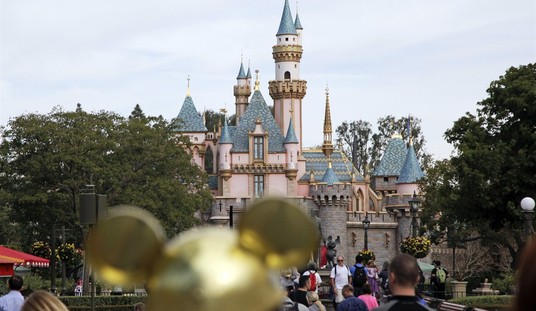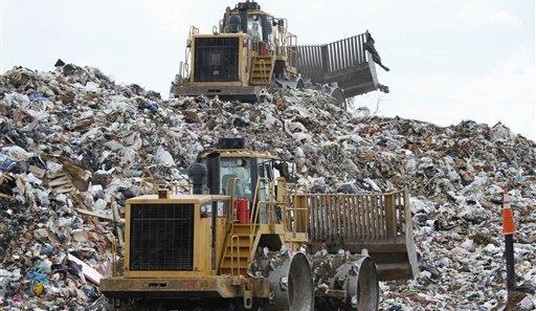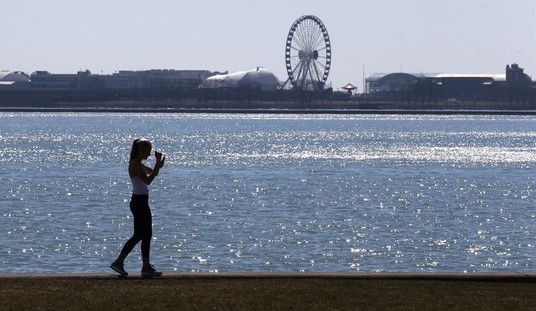Almost all of the media got it incredibly wrong this past election cycle, so naturally, everyone is still trying to figure out how Donald Trump beat Hillary Clinton.
Instead of studying patterns from the national level, many are digging much deeper and analyzing voting patterns from local precincts and counties instead.
One report highlighted that precincts have progressively shifted more conservatively between 2008 and 2016 due to economic factors.
In a new report shedding light on a similar pattern, counties with nuclear power plants were three times more likely to vote for Donald Trump than Hillary Clinton, according to the Nuclear Energy Institute.
In the general election, Trump won 48 out of 63 counties with power plants in them over Hillary Clinton. Clinton only won the other 15 counties by very small margins.
The map below highlights where nuclear power plants are located and how their counties voted in the 2016 presidential election.

“Looking across the map of the United States, nuclear is a red-state industry and a blue-collar enterprise that is a critical element of the coalition that elected the president,” John Keeley, a Nuclear Energy Institute spokesperson said.
“Given the razor-thin popular vote margin in the states that delivered the Electoral College to President Trump, these are voters he can ill-afford to lose.”
So what caused counties with nuclear plants to vote for Trump over Clinton?
For starters, Trump made it very clear on the campaign trail that he was “pro nuclear” and supported it following the Fukushima nuclear disaster in Japan in 2011.
Clinton, however, also made it very clear to voters that she would be “agnostic about nuclear power.” Clinton also changed her position on the issue eight times over the course of her many unsuccessful presidential runs.
Jobs also likely played a major role in this.
“There is a lot more in each of those counties than nuclear plants, but each plant has year-round employment of hundreds of people, most with spouses, siblings, parents, or voting-age children,” Keeley said.
“In addition, many local businesses recognize nuclear plants as the local economic mainstays. And the plants are generally the largest single taxpayers in many of those counties, a fact that is locally recognized.
On top of supporting nuclear plants, Trump was also big league among voters in coal country. The combination of both, coupled with bringing jobs back, ignited many of the swing states to vote for Trump over Clinton.
During the Republican primaries, Trump won 23 counties in blue states that have nuclear power plants.
“Nuclear counties where Trump lost in the GOP primary can largely be explained local politics,” according to NEI.
“Two of these counties were in Texas and voted for Texas Sen. Ted Cruz. Two nuclear counties in Ohio went to Gov. John Kasich, and one nuclear county in Florida went to Florida Sen. Marco Rubio.”
Studying and analyzing local trends and patterns of voters is just one method pollsters should use more often in order to better gauge their election forecasts.
They should try it given how wrong they got it in 2016.













Join the conversation as a VIP Member